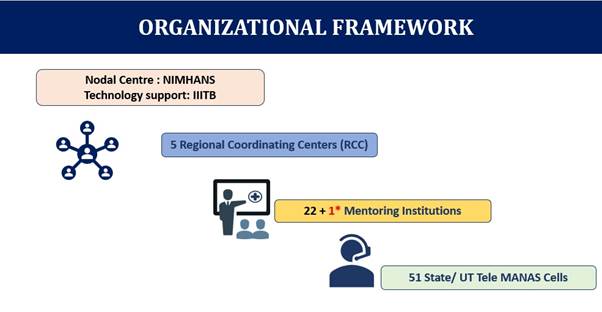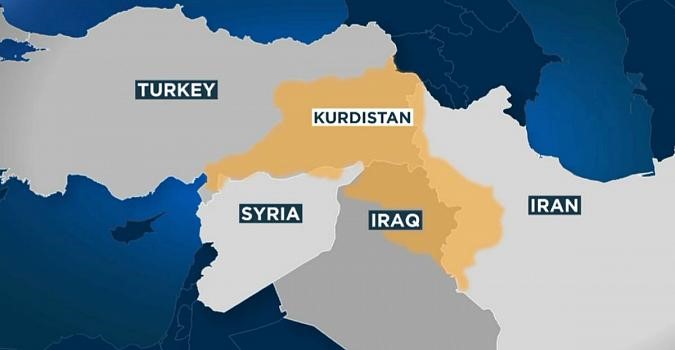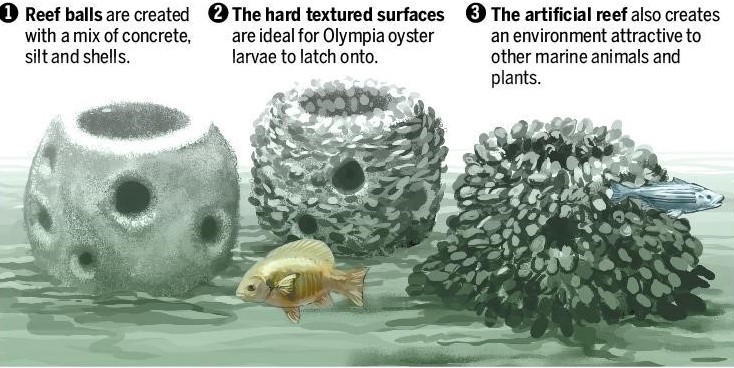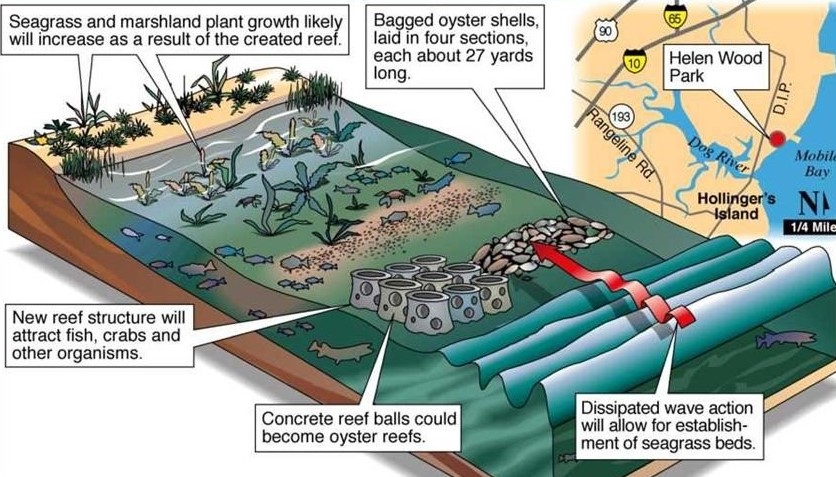Union Ministry of Health & Family Welfare launched Tele-MANAS on the occasion of World Mental Health Day.
Mental Health Day is observed on October 10 every year.
E-Manas, the tele-counselling programme, was first launched by the Karnataka State government during the first wave of COVID-19 in association with NIMHANS.

References
Recently, India has received the fourth set of Swiss bank account details of its nationals and organisations as part of an annual information exchange method ‘Automatic Exchange Of Information’ (AEOI).
Under AEOI, India presently shares bulk financial and banking information with 78 countries and receives the same from 107 countries.
Organisation for Economic Co-operation and Development
References
The Organisation for Economic Cooperation and Development (OECD) has released a global tax reporting framework for cryptocurrencies as a respond to a G20 request.
In 2021, the G20 mandated the OECD to develop a framework providing for the automatic exchange of tax-relevant information on Crypto-Assets.
The OECD/G20 Common Reporting Standard (CRS) is a set of guidelines developed by the OECD for automatic exchange of information.
References
Recently, the Iranian Kurds began nationwide protests over the death of a young Iranian Kurdish woman in the custody of Iran’s morality police.
The Treaty of Lausanne, ratified in 1924, divided the Kurds among the new nations of the Middle East.

References
Artificial reefs dropped in the San Diego Bay last year, as part of the plan to mitigate damage due to sea level rise in California, have begun growing tiny molluscs recently.

Eelgrass

References